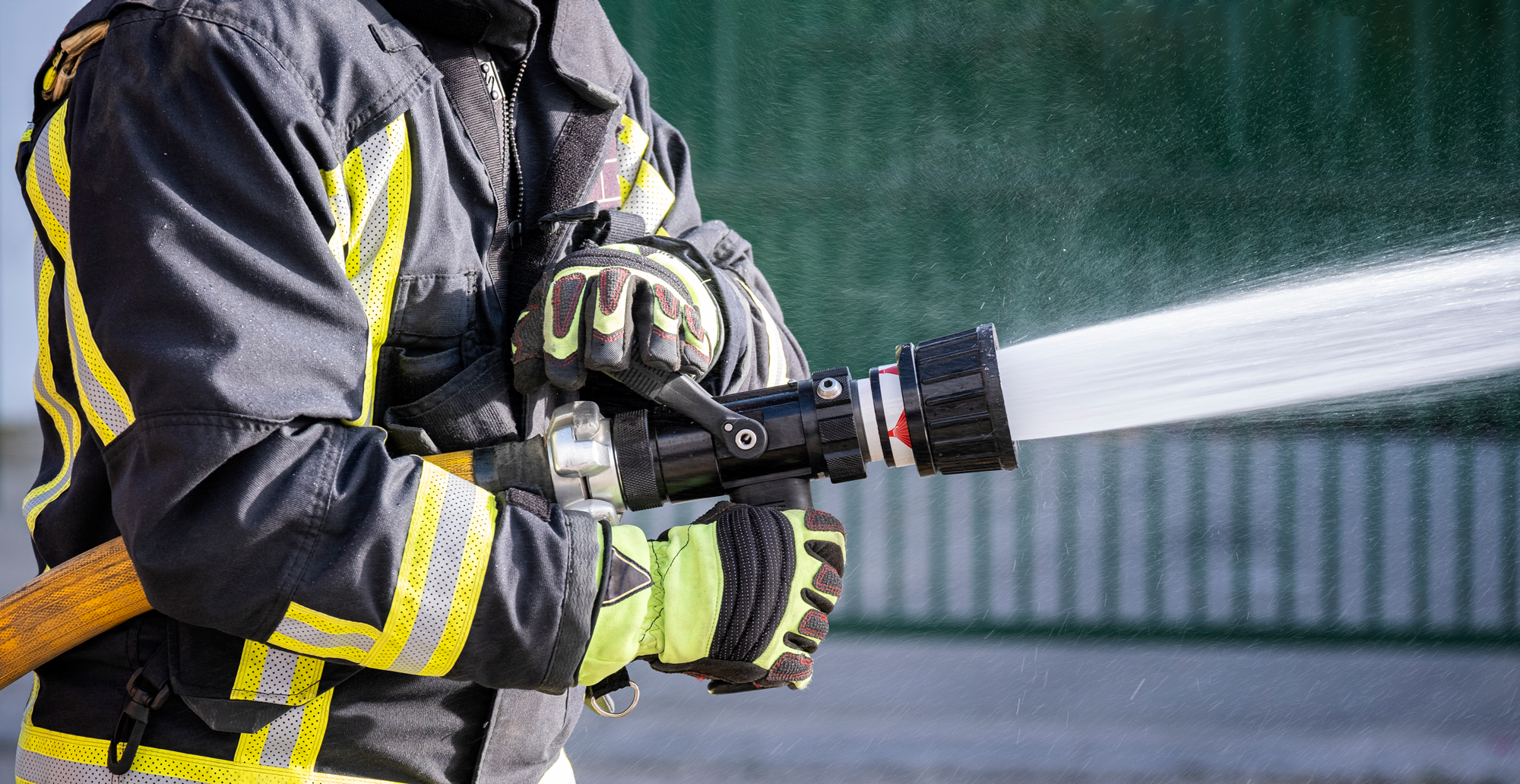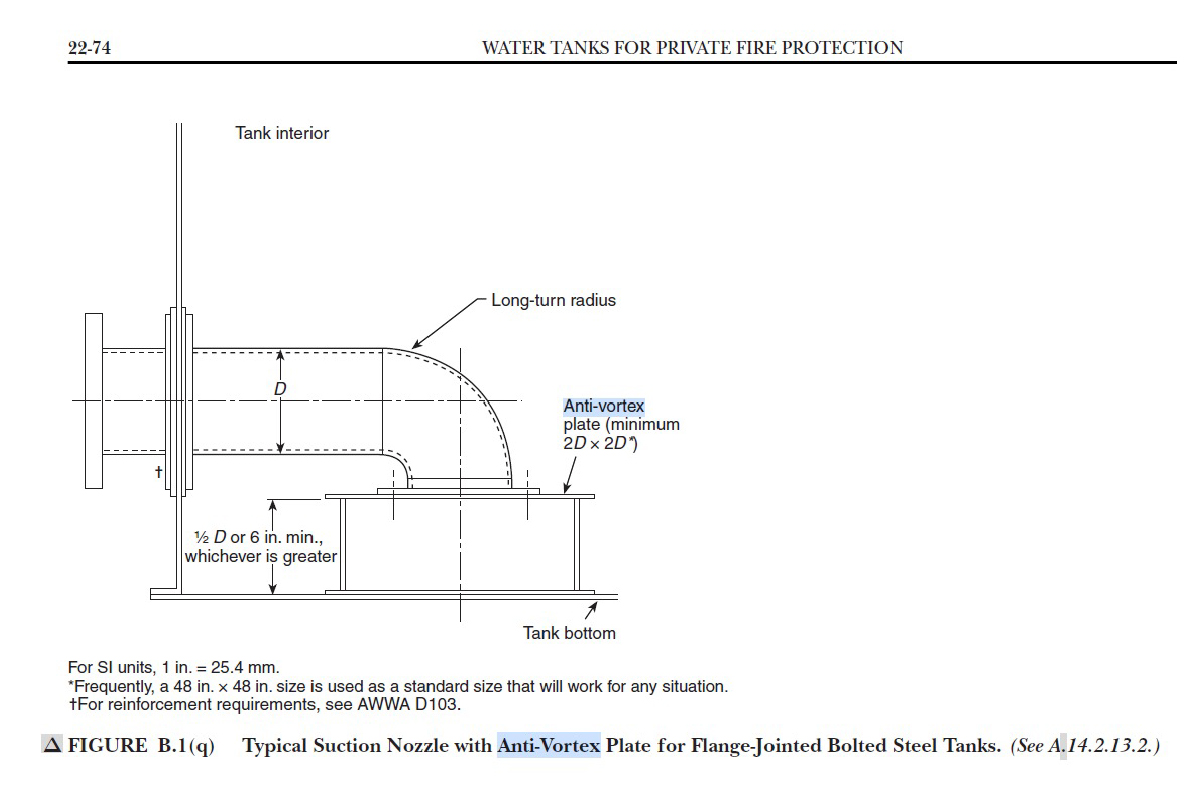
By Christy Langendoen, ARCSA Board Member, Water Storage Tanks, Inc.
When you look at Maslow’s Hierarchy of Needs, you will find that water is very important to human survival. We realize this as a need for consumption, but we do not always think about it in relation to our other need — shelter. The current era has found us plagued with increasing hazards that impact survival and the most increasing of these hazards has become wildfires. In May 2022, the Washington Post reported that “[n]early 80 million properties in the United States stand a significant chance of exposure to fire.” Many of these fires are in difficult areas to navigate, with no access to reliable water sources. As people choose to move into areas without reliable water sources, decentralized water systems, such as rainwater cisterns and storage tanks, are a requirement to survive. Cisterns, which for the purpose of this article are defined as any above ground or below ground storage tank, when also designed for fire suppression present an opportunity to combat wildfires and save lives.
Adding fire protection design to an existing rainwater harvesting system will create a dual-use tank that can be an effective tool when combating natural disasters. It will help first responders minimize their water-fill runs and provide peace of mind to the homeowner. It may also make a property eligible for reduced insurance rates. When considering the benefits, the value of this enhancement is actually quite affordable.
So, what does it take for a rainwater cistern to become a fire storage tank? First, we must look at published guidelines that are utilized by many authorities having jurisdiction, or AHJs. NFPA 22 is the Standard for Water Tanks for Private Fire Protection. Some highlighted criteria following the outline of Chapter 4 are listed below:
- Capacity
- The tank must be sized appropriately to protect the structure that it was built to protect. Other standards in NFPA can be referenced to properly size a tank, such as NFPA 1142, which relies on variables such as the construction type, use and vicinity of structure near other structures or hazards, or NFPA 13, when a pump and fire sprinklers may be necessary.
- Water Sources
- A firefighter relies on a fire tank being full for the necessity use during a life safety situation. Most rainwater tanks are in constant flux, so it is advisable that a cistern or rainwater tank be sized for dual use. Many times, this means that the lower portion of the tank has a reserve capacity for the utilization of fire protection.
- Some jurisdictions that do not have reliable water sources require low level alarms to advise the property owner that they do not have a tank full of water. However, if the tank is being used for domestic use then the owner will know they are out of water when they cannot run water at the sink or flush their toilets.
- Location
- A firefighter will not want to pass a fire to access water, so location of the water source is key to life safety when minutes matter. Normally, draft fire tanks are located in the front of the property and outside of the collapse zone of any structure.
- Fire trucks that contain pumps are heavy. “Fire trucks weigh 19 to 30 tons, which is approximately 38,000 to 60,000 pounds. Even when empty, a fire truck still weighs around 11,500 to 14,500 pounds. Only vehicles like garbage trucks or tractor-trailers are heavier.” This means that all accessibility to a fire tank needs to be able to support the weight of a fire truck. If not, a dry hydrant may be installed to put the fire department connection within reach of the fire truck.
- Materials
- NFPA 22 provides guidelines for tanks made of steel, wood, concrete, coated fabrics, and fiberglass-reinforced plastic tanks.It is important that the makeup of the tank is structurally engineered and can meet the outward forces of their environment, such as wind loads, roof loads, seismic activity, etc. If a tank cannot stand up to one ice storm, then it is not structurally suitable to fight a fire. For reference, NFPA 22 calls out the necessity “[w]here roofs have slopes of less than 30 degrees, they shall be designed to support a uniform weight of 25 lb/ft2 (122 kg/m2) on the horizontal projection.” (NFPA 22, 2018 Edition)
- Appurtenances
- As noted earlier, the tank must be structurally suitable to withstand drafting conditions. Two of the most important appurtenances are anti-vortex plates and properly sized vents.
- The anti-vortex plate is outlined in NFPA 22 Chapter 14.2.13 and Annex B and detailed in FIGURE b.1 (q). The functionality of this component is to break up the turbulence and velocity of the water that can occur during drafting. I like to refer to the vortex like the effect of watching a toilet bowl flush. This vortex can cavitate a pump caused by the suction of air, or even collapse a fire tank if not properly engineered.Proper ventilation also serves to prevent cavitation or other suction related forces that can occur during the drafting process. Per NFPA 22, 4.15.2, “A vent pipe shall have a cross-sectional area equal to a minimum of one-half the area of the discharge pipe(s) or fill pipe, whichever is the larger.” (NFPA 22, 2018 Edition)
- Other important requirements are a ladder, water level indicator, fire sign noting the gallon capacity, proper fire connection from which the fire department can draft. As a note, the fire marshal or AHJ may have jurisdictional requirements such as hard hose. It is always best to check with your fire marshal for local requirements. (NFPA 22, 2018 Edition)
- As noted earlier, the tank must be structurally suitable to withstand drafting conditions. Two of the most important appurtenances are anti-vortex plates and properly sized vents.

Most people do not realize that minimal fire protection impacts their homeowner’s insurance. In Texas, fire tanks do help the ISO (Insurance Services Office, Inc.) rating. ISO rating is a score from 1 to 10 that measures how well a fire department serves its community. Without the proper water resources, the fire department cannot function as effectively. Thus, areas with reliable water sources have better ISO ratings versus remote areas. However, with a properly engineered fire tank that is permitted through the AHJ, you can change the ISO rating, which results in better insurance premiums.
As I write this, large wildfires are spreading throughout New Mexico, impacting areas such as Ruidoso. This has resulted in the loss of livelihoods, homes and most importantly loss of life. This situation is likely to become more common throughout the world, but with the placement of private water supplies located throughout areas of habitation, we will have a much better outcome for life safety. Rainwater cisterns are required to live in many areas of the United States and throughout the world for drinking water; however, it is also important that we consider our other closely related needs and how we can leverage one water tank for both domestic use and fire suppression.
ABOUT WATER STORAGE TANKS, INC.

Water Storage Tanks, Inc. is a manufacturer of above ground corrugated galvanized bolted steel water tanks. Our tanks are proudly made in the USA with US steel and components.
In the early 1990’s, Carolyn and Jack Hall, the founders, were looking for a viable water storage solution for some rural Texas property. While visiting New Zealand they took an interest in the traditional wood tanks used for storing water and began importing them into the United States as TimberTanks.
The wood shake roofs of these tanks did not hold up well to the Texas sun so Jack began investigating and engineering a more reliable metal roof solution utilizing the grain bin style corrugated steel design. A few short years later work began on re-engineering the entire tank to be made from corrugated galvanized steel and utilize a flexible membrane liner for water storage.
Water Storage Tanks, Inc. was founded in 2006 providing these revolutionary “CorGal” steel tanks throughout the United States through a network of dealers and distributors.
In 2015, Kai and Christy Langendoen took over Water Storage Tanks, Inc. and have continued Jack and Carolyn’s tradition of engineering better solutions for water storage and expanding the CorGal and TimberTanks brands both nationally and internationally.
Last modified: July 26, 2024
